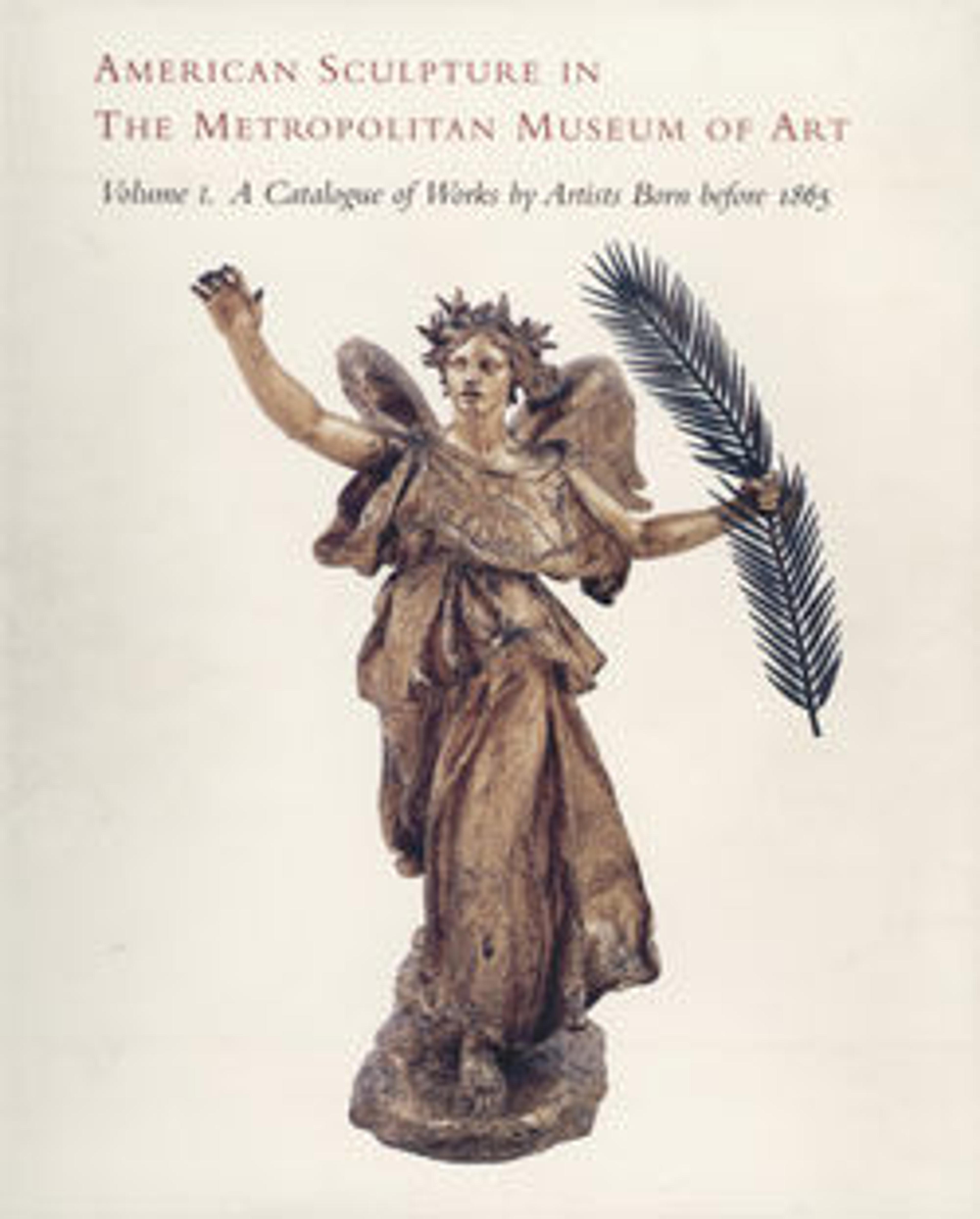Study of the Horse for the Statue of Major General George Henry Thomas
This statuette was cast after a preliminary model for the horse in Ward's bronze equestrian statue of Major General George Henry Thomas (1816–1870), a Union officer during the Civil War. The monument was commissioned in 1874 by the Society of the Army of the Cumberland and unveiled in 1879; it stands in Thomas Circle at the intersections of Massachusetts and Vermont Avenues and 14th and M Streets in Washington, D.C. In Ward’s preliminary concept, illustrated in the Metropolitan’s bronze, the horse is posed so that the forequarters are elevated on the gentle incline of the base. The tail and mane are more windblown in the monumental bronze, but the two versions share the animated posture of the head. This realistic steed revolutionized American equestrian sculpture, turning it away from antique precedents toward more naturalistic, dynamic representations.
Artwork Details
- Title: Study of the Horse for the Statue of Major General George Henry Thomas
- Artist: John Quincy Adams Ward (American, Urbana, Ohio 1830–1910 New York)
- Founder: Cast by John Williams (American, New York, ca. 1875–ca. 1953)
- Date: 1879, cast after 1910
- Culture: American
- Medium: Bronze
- Dimensions: 20 x 18 x 5 in. (50.8 x 45.7 x 12.7 cm)
- Credit Line: Rogers Fund, 1917
- Object Number: 17.90.3
- Curatorial Department: The American Wing
More Artwork
Research Resources
The Met provides unparalleled resources for research and welcomes an international community of students and scholars. The Met's Open Access API is where creators and researchers can connect to the The Met collection. Open Access data and public domain images are available for unrestricted commercial and noncommercial use without permission or fee.
To request images under copyright and other restrictions, please use this Image Request form.
Feedback
We continue to research and examine historical and cultural context for objects in The Met collection. If you have comments or questions about this object record, please contact us using the form below. The Museum looks forward to receiving your comments.
